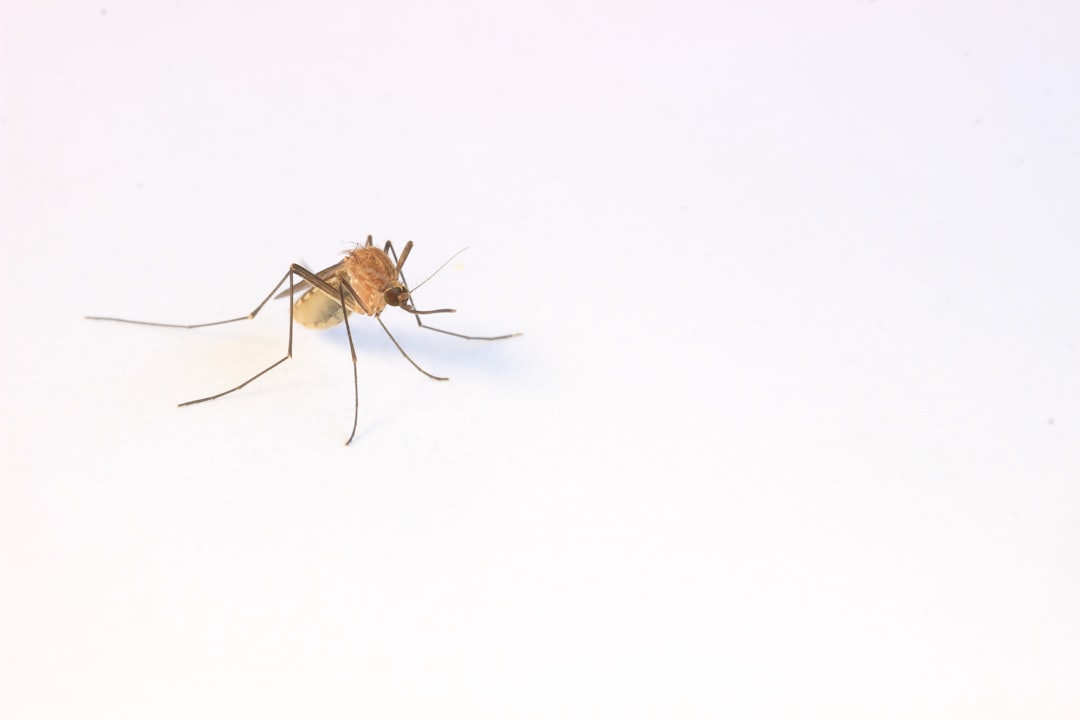What is it about?
As small objects get more distant, the angle they subtend at the eye shrinks, and thus so does the retinal image. With high enough contrast against the background, we see even bright stars. But tiny dark objects are harder to see because lens blur further degrades their already limited contrast. We quantified just how sensitive insect neurons need to be to track the blurred image of tiny objects. In some cases they respond to tiny contrasts (~1%) right at the limits of receptor noise.
Featured Image
Why is it important?
Lots of previous work looks at sensitivity to low contrast patterns over large areas (such as striped images) which allow the brain to integrate information from many points. Less is know about sensitivity for tiny objects, where the only information the brain can use is highly localized. Our finding that insect target tracking neurons are as sensitive to such objects as to larger patterns (indeed outperforming pattern vision in birds) , suggests they use special mechanisms to reject noise.
Read the Original
This page is a summary of: Contrast sensitivity and the detection of moving patterns and features, Philosophical Transactions of the Royal Society B Biological Sciences, January 2014, Royal Society Publishing,
DOI: 10.1098/rstb.2013.0043.
You can read the full text:
Contributors
The following have contributed to this page










